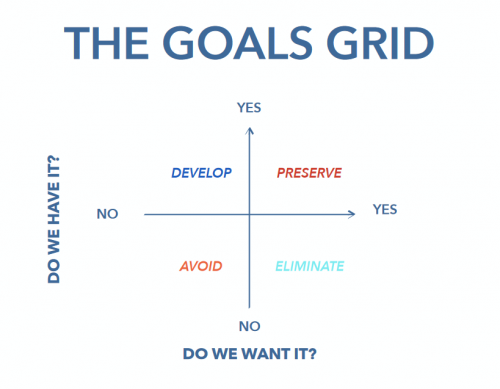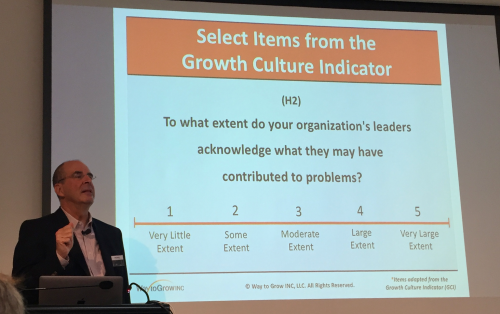
I have been working on a major revamp of my training site. During the coming weeks I will be moving all my material over into this format.
First step as always is to ensure there is a solid understanding of the Service Profit Chain that is always my foundation.
Take a look you might even be tempted to explore the service profit chain for your self – or if you know it all ready – maybe just a quick refrensher.







